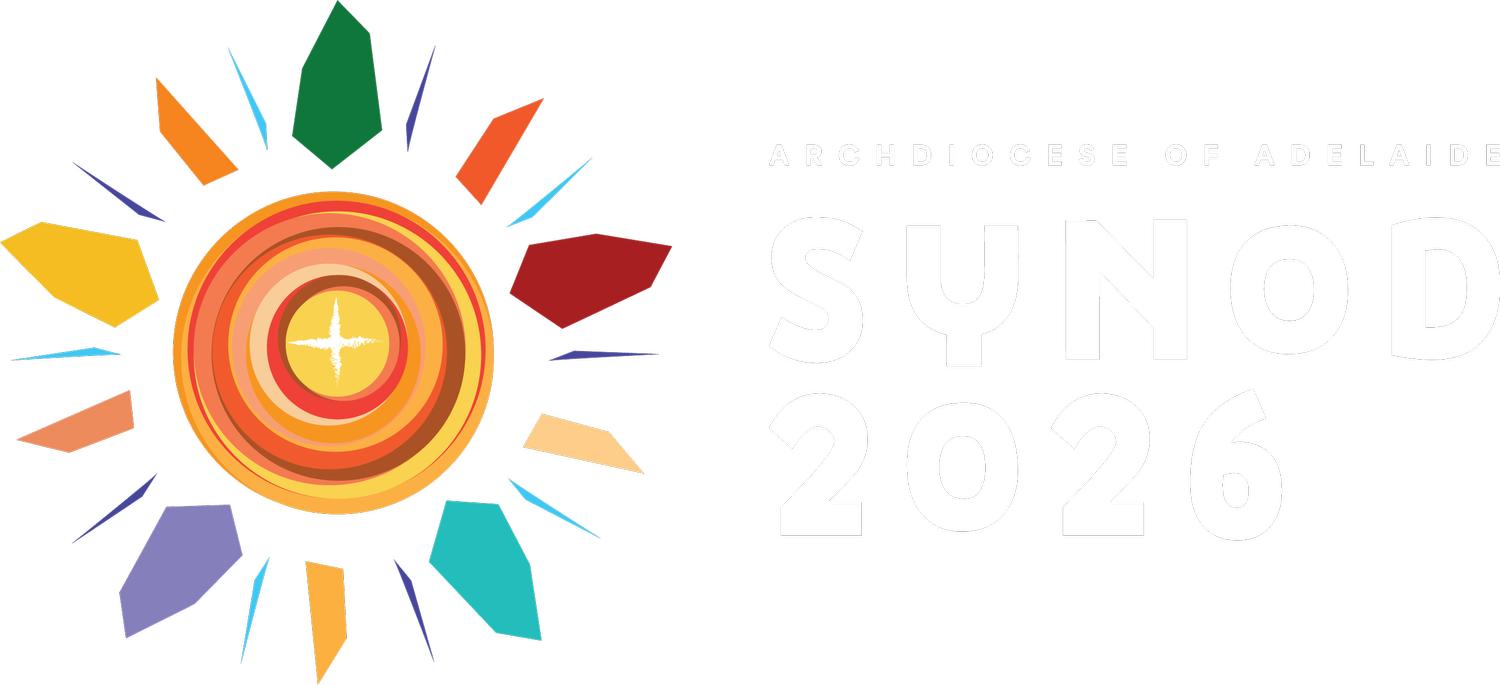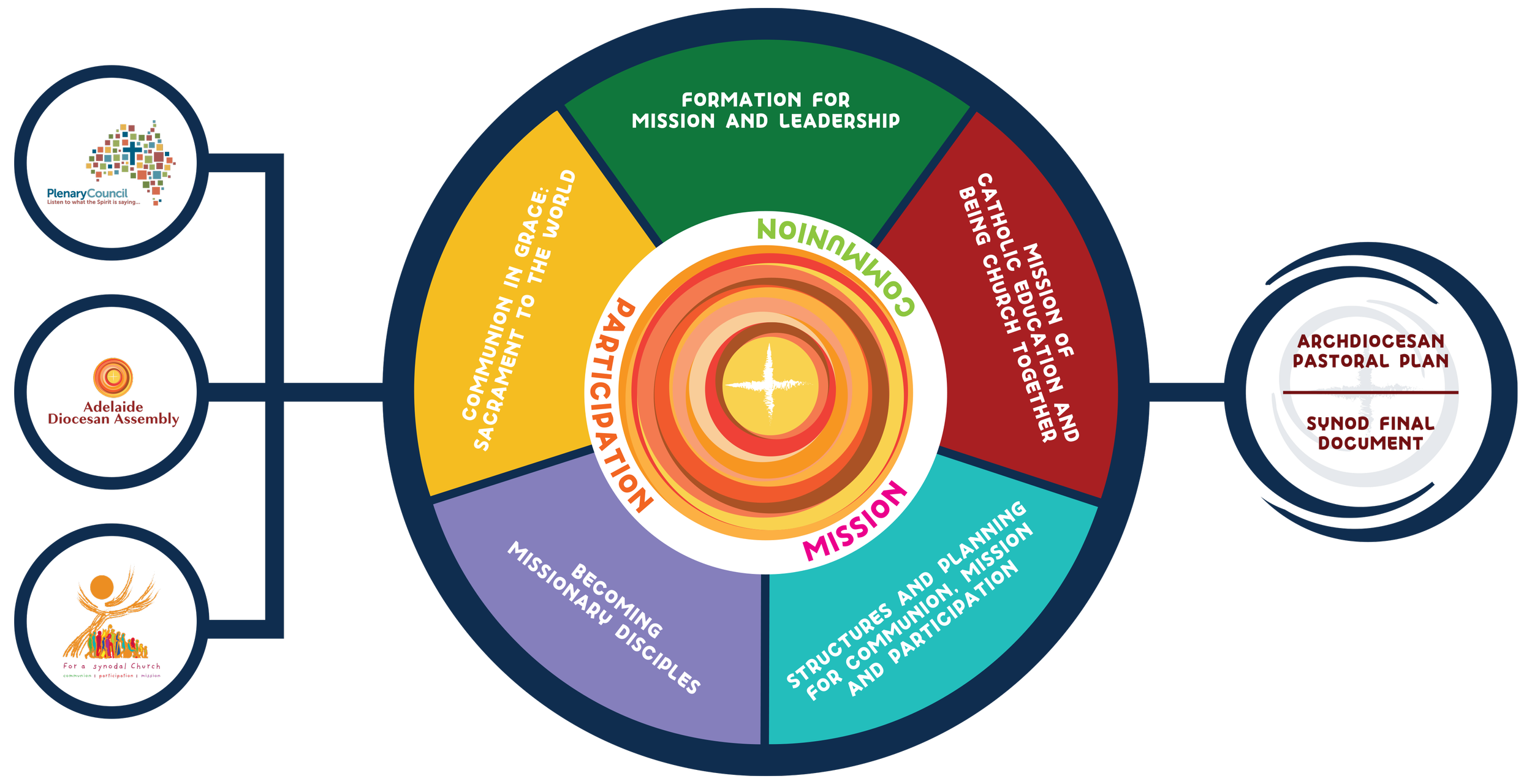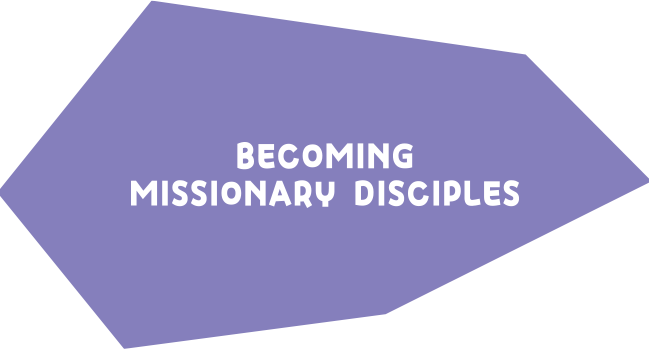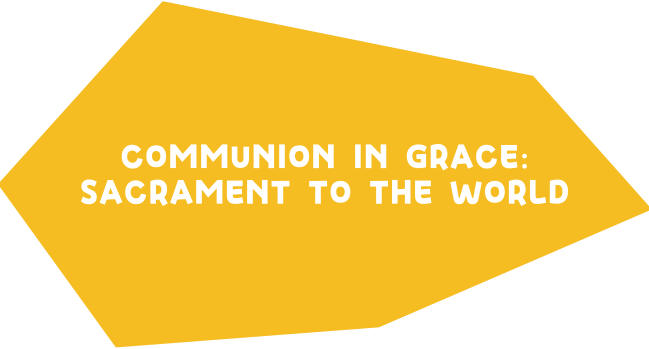
WHY A SYNOD?
Like a Diocesan assembly, a Synod is convoked to discern the pastoral activities for ‘the good of the diocesan community’. This is the final object of the Synod.
The Synod aims to build up and foster ecclesial community and ongoing unity in the declarations and decrees. As such, the synodal documents should accurately reflect the universal Magisterium of the Church and apply common canonical discipline to the circumstances in the diocese.
The following documents will be helpful reference documents for the Diocesan Synod:
DIOCESAN SYNODS:
Instruction on Diocesan Synods, 1997 (vatican.va)
CODE OF CANON LAW IN RELATION TO DIOCESAN SYNODS:
Code of Canon Law - Book II - The People of God - Liber II. De Populo Dei - Part II. (Cann. 460-572)
THE NEXT STEP: TOGETHER ON THE WAY
The Diocesan Synod gives an opportunity to further reflection on our journey so far through the Diocesan Assemblies, Regional Assemblies, Plenary Council and the Global Synod. Most importantly it helps us pave the way forward through concrete proposal and actions.
Plenary Council (2018-2022)
Synod for Synodal Church
(2021-2024)

SYNOD
Theme
SCRIPTURAL
Theme
The Synod theme and scriptural theme set the overall tone and direction of the Synod.
The Synod theme and scriptural theme set the overall tone and direction of the Synod.

KEY DISCERNMENT THEMES
The key themes have been drawn from the consultations and recommendations from the Adelaide Diocesan Assemblies, Australian Plenary Council and Global Synod on Synodality.
How will the Archdiocese engage in formation for mission and leadership at every level, families and households, parishes, schools, communities, diocesan entities? The vision presented in Drawn into the Joy of the Gospel (2023) initiates this work, but the Synod provides an opportunity to explore further possibilities and recommendations for implementation and ongoing commitment.
How will we bring about the vision set out in Being Church Together: A Theology, Vision and Guiding Principles for the Parish-School Relationship (2023) as well as the mission of Catholic education within Catholic schools and in the broader life of the Church?
How will each baptised person in the Archdiocese of Adelaide be able to grow and participate as missionary disciples in their own locale and context, responding to the needs and realities of the world while bearing witness to the joy of the Gospel?
How will we approach the pastoral planning of the Archdiocese, especially regarding parishes, schools, communities and diocesan agencies? The various structures (leadership, governance, decision-making, properties, etc.) exist to support communion, participation and mission, this theme also discerns what structures are needed for the future of the Archdiocese.
How will the Archdiocese express our faith and life in Christ Jesus in communion with one another and as a ‘sacrament to the world’ (Lumen Gentium, 1) as a synodal church on mission? This theme takes into consideration the diversity of the People of God, liturgical expression, spirituality and community life, as well as the roles needed to support these areas in the life of the Archdiocese.
Listening & Conversation Processes

Who will be at the Synod?
The Code of Canon Law (Can. §463) sets out those persons who are obliged to attend the Synod. As indicated by Canon §462.5, lay members of the Christian faithful, including members of institutes of consecrated life, are chosen by the Council of Priests and Diocesan Pastoral Council, in a manner and number to be determined by the Archbishop.
Archbishop
Vicar General
Judicial Vicar
Vicar for Religious
Administrator of the Cathedral
Council of Priests
Diocesan Pastoral Council
Executive of the Curia
Deans
Additional Priests and Deacons
Leaders/Superiors of Religious Congregations
Members of the Lay Faithful










